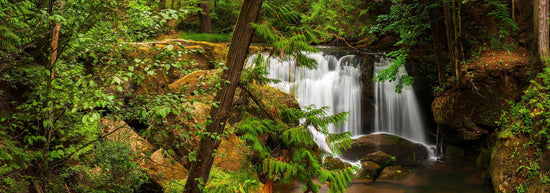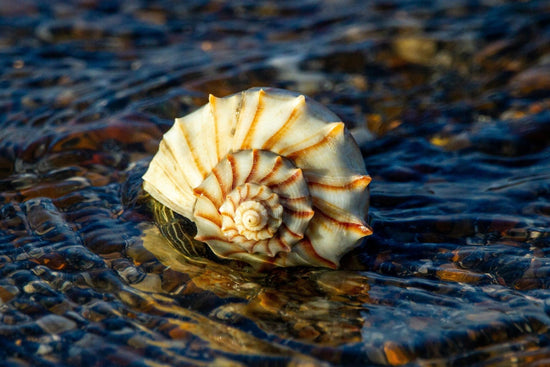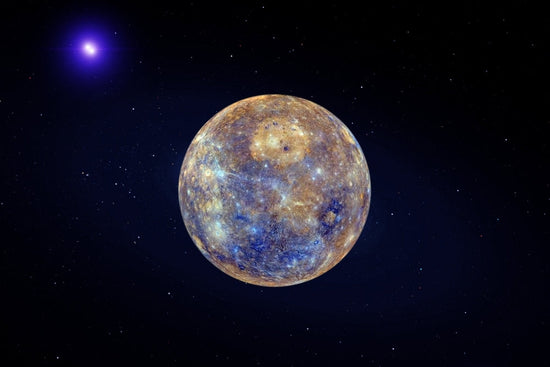Before there was the Halloween that we know today, people celebrated the days from October 31st - November 2nd as Samhain. Pronounced “sow-win”, the Gaelic word translates as “summer’s end”.
The pagan festival originating from Celtic spiritual tradition marks the midpoint between fall equinox and winter solstice. It’s the time of year to finish the season’s harvests and bring the cows in from the pasture. The Celtic year is divided into two halves - the light and the dark. Samhain marks the beginning of the dark part of the year, when people prepare for the less abundant season ahead.
A large community bonfire was integral to the celebration of each new season. Ancient Celtic tribes held four fire festivals each year, one for each equinox and each solstice. Fires were thought to have protective and cleansing powers.
Every year in late October, families would bring in the last of their harvest and then attend the Samhain festival. Community members and Druid priests would light a large wheel on fire to represent the sun. It was important that the fire was started with friction because it was believed that such a “force-fire” warded off bewitching, the plague, and infections among livestock.
During the day while harvesting, families would leave their hearth fires going in their homes. That night, as they left the fire festival, they would light a torch from the community bonfire to take back to relight their hearths. Dousing their old fire and starting a new one was a way to banish evil as well as bond the community together.
Spiritual beliefs of Samhain
Celebrators of Samhain believe that it’s a time of year when the barriers between the physical and spiritual world break down, allowing more interaction between the living and the dead. The doors to the Otherworld - the realm of deities and the dead - are opened, allowing spirits to more easily enter our world.
This liminal period enabled both ancestors to visit their families and malicious spirits to haunt townspeople. The customs of Samhain include rituals to welcome ancestors and honor deceased loved ones while also taking action to thwart off and protect against the evil spirits.
In Celtic culture, people would leave offerings outside of villages and fields for fairies (also known as spirits or aos sí). They believed that spirits needed to be appeased so that families and their livestock would survive the long winter.
Some Celts dressed as monsters to deter fairies from kidnapping them. There were specific monsters: Pukah is a shape-shifter that comes for harvest offerings, Sluagh entered houses and stole souls, The Lady Gwyn is a headless woman dressed in white and accompanied by a black pig.

Image source: The Alchemist’s Kitchen
Another important tradition was that of “dumb supper”, where ancestors were invited to join a large feast, and families had a chance to interact with the spirits. It was a time to sit silently during a meal, reminiscing and rekindling with deceased loved ones.
Children played games to entertain the dead, and cakes were left out at night as an offering for ancestors.
Christianity and the spread of Samhain customs
For years, Samhain was a spoken tradition. It wasn’t until the Middle Ages that Christian monks wrote down the customs and beliefs of the pagan holiday.
Many Celtic traditions were capitalized on by Christians out of a desire to spread the religion by using the popular pagan customs, according to Jack Santino’s Halloween in America. Of course, as Samhain didn’t begin as a Christian festival, many of the pagan rituals were changed at that point.
In the 9th Century, Pope Gregory declared November 1st All Saints’ Day and November 2nd All Souls’ Day. October 31st became known as All Hallows Eve or Halloween night.
How Samhain became Halloween

Image source: vocal.media
In the 19th century Irish immigrants brought their traditions to America. New traditions developed over time and new cultural interactions led to variations in customs. Some of the practices we associate with American Halloween today derived from ancient pagan rituals.
In Ireland and Scotland, the myth of “Stingy Jack” told of a man who played tricks on the devil. Upon his death, he wasn’t let into either heaven or hell due to this questionable behavior. The devil sent him off with nothing but a piece of coal to light his way. Jack made a lantern of sorts with the burning coal by placing it in a carved-out turnip, and has roamed the Earth ever since with his lantern.
Thus, the tradition of carving scary faces onto turnips and potatoes into jack-o-lanterns began as a way to scare off Stingy Jack and other evil spirits during Samhain, when the worlds of the living and the dead collide.
When Irish immigrants brought the tradition to America, the custom eventually transitioned to pumpkins, a fruit that readily grew there.
Modern-day trick-or-treating derives from the ancient practice of mumming in the nights leading up to Samhain. In Ireland, mummers would put on costumes and go door to door, singing songs to the dead. Samhain cakes were given in exchange, and pranks were played and blamed on fairies.
It seems that people dressed in costume with two different goals in mind. One reason was to disguise themselves from evil spirits. Another was to impersonate those spirits and accept offerings, collecting food for Samhain feasts.
How Samhain is celebrated today
Although not a well-known holiday in the United States, modern Wiccans and other pagans still celebrate Samhain today. Typical festivities include bonfires, dancing, and feasts. Many people still hold a variation of the “dumb supper”, eating in silence to honor deceased ancestors.
As another way of respecting the passing of loved ones, altars are built and offerings are made. Some bake Samhain bread, along with the traditional offerings of sweets and ale.
As it is sometimes known as the Celtic New Year or Witch's New Year, celebrators like to reflect on the events and goals of the past year. It’s a time of contemplation, to remember the past and plan for the future.
Do you love spooky season as much as we do? Celebrate Halloween & Samhain this year with our collection of themed soaps and signature scents.
Feature image: irishimbasbooks.com






1 comment
concise and informative! I’ve been curious about the transformation of Samhain for years but didn’t know the bit about Stingy Jack or using potatoes and turnips prior. I wish more folks would play tricks nowadays rather than hand out treats 😉 thanks for the article and I loved the accompanying pictures! 🙏